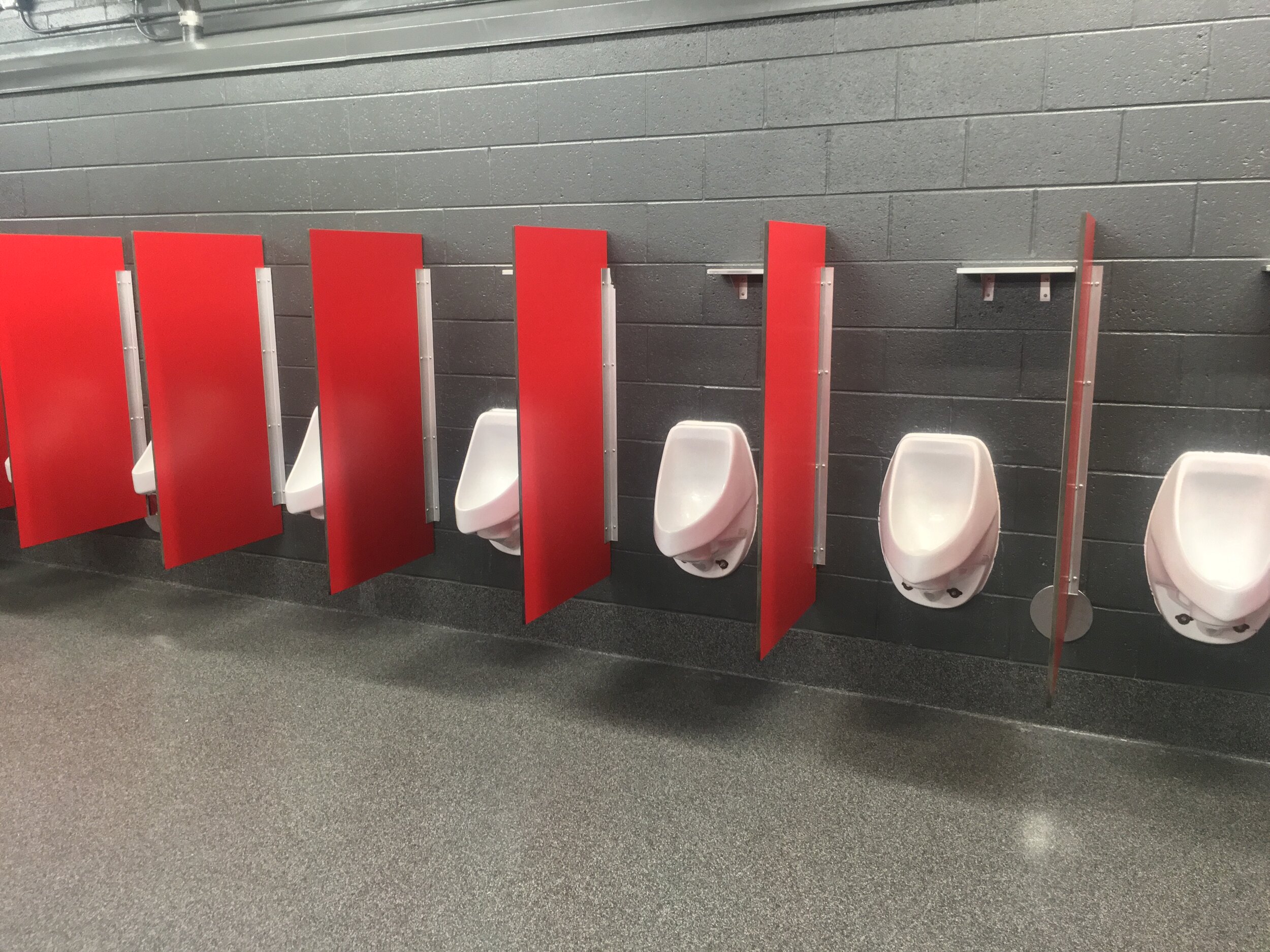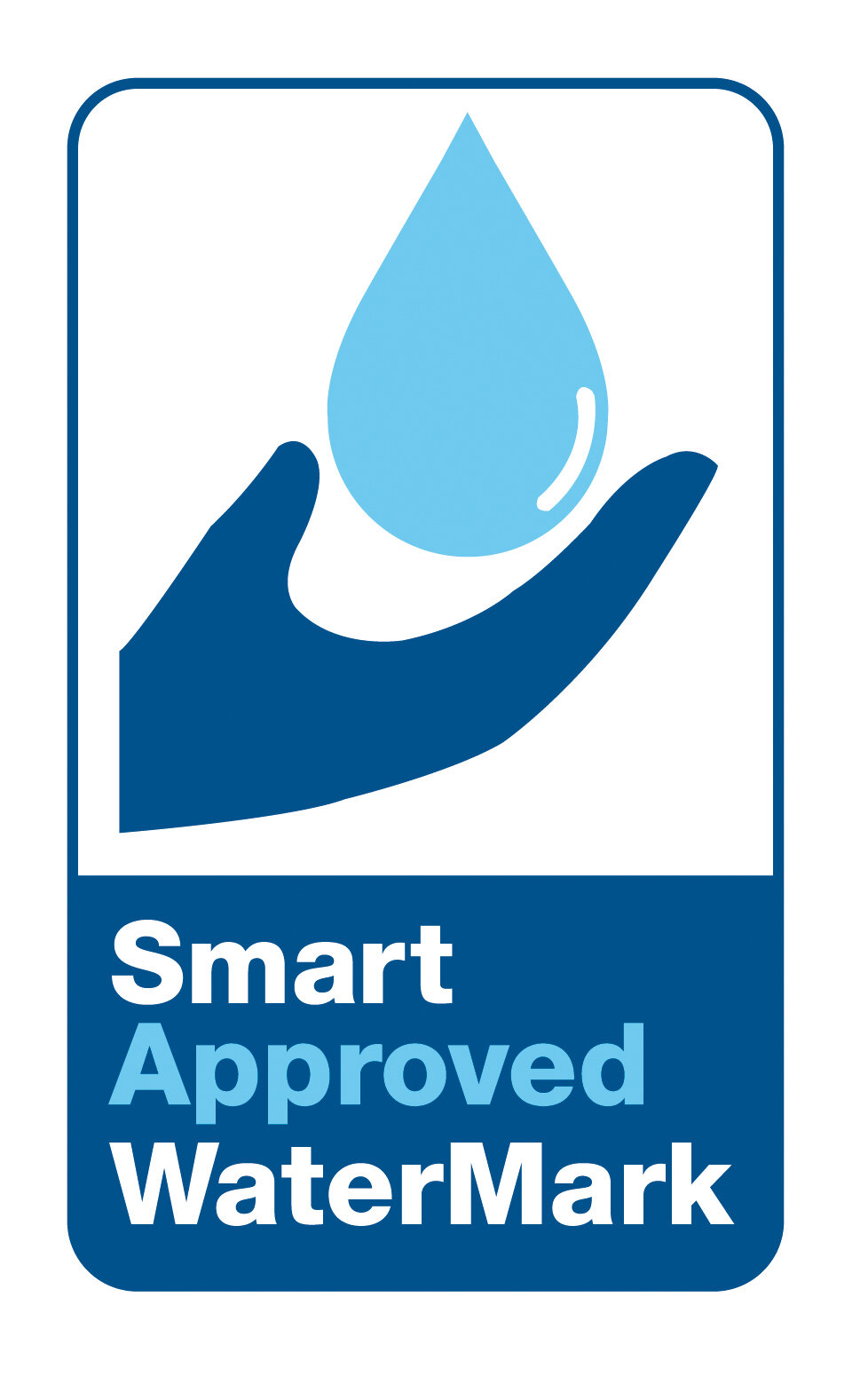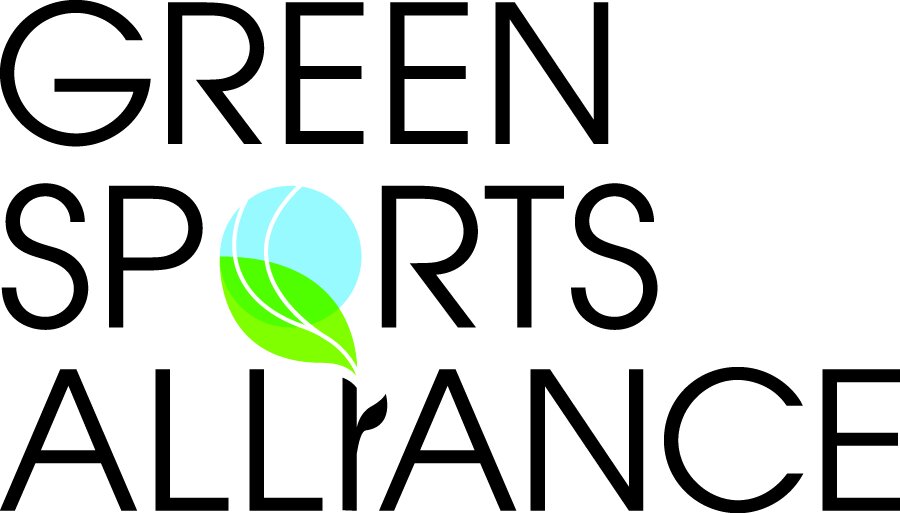Boy, it's been rough the past few months. Most of us were in lock down for about three months, our jobs and businesses took a hit, and if you are a parent, your kids were likely driving you slightly crazy. Now adding salt to the many wounds, some areas of the country may be going back into lock down mode.
We need some fun, anywhere and anyplace we can find it. So, at least for the fellas, how about starting with urinals. A few years back, there were some innovative things happening to urinals in Europe and South America when it comes to urinals. While they may not necessarily be considered "fun," at least in the traditional sense of the word, if we had them again, at least they would likely put a smile on your face.
IMAGE CREDIT: http://www.dudeiwantthat.com/household/bathroom/guitar-pee-musical-urinal.asp
Guitar Pee
As the name implies, this is a musical urinal. Guitar Pee was made by Billboard Brazil and installed in bars around Sao Paolo. It is designed to be very interactive, helping guys entertain themselves a bit when making a pit stop.
The Guitar Pee urinal is shaped like a guitar. As the gentleman uses the urinal, the system’s guitar components detect the flow rate and thrust of the urine being released into the urinal. As the flow and force accelerates, so does the music. When things start to wind down, the guitar recital comes to an end.
MPee3 (The Guitar Pee Add-On)
This system worked with Guitar Pee. It’s was an app you can download to your phone or other devices. But here was the big feature of the MPee3 system. It allows you to stream the musical performances of other Guitar Pee performers. That way you can share your special urinal event – as well as those of others - with all your friends.
Mr. Friendly
This urinal is still around. A Dutch start-up invented Mr. Friendly, calling him a "smart urinal." It’s “smart,” because it is a waterless urinal, but more than that, it entertains users with advertisements. Here's how it works.
As soon as a gentleman steps up to it, the urinal starts showing advertisements from all types of organizations on a screen – from cars and men's clothing manufacturers to local flower shops. Because Mr. Friendly is often found on commuter trains in Holland, possibly the flower shop owners see this as a perfect time to remind men to bring home some flowers.
As with Guitar Pee and MPee3, sensors know when Mr. Friendly has a captive audience - of one - and it begins the advertisements.
And a captive audience, it is. The unspoken word when using public urinals is you always look straight ahead. And straight ahead just happens to be where the Mr. Friendly advertising screen is located.
Once again, sensors tell the system when their captive audience has left.
Target Practice
How about some target practice? Back in Victorian England, urinals were often decorated with images of a honeybee. The bee was placed near the bottom of the urinal and was designed to help gentleman instinctively aim for the target. It definitely made peeing fun.
Examples of these bees installed in urinals can be found in Amsterdam’s Schiphol Airport. Along with bees placed at the bottom of the urinal, we also have a company that still makes decals that look like flies and other insects.
Along with providing the user with a target practice, they are designed to improve cleanliness and reduce cleaning costs. They also help reduce splashback. That’s when urine splashes back on clothing, hands, and shoes, a challenge that is more common than men realize.
Easy-Peasy
Finally, Larry David of Curb Your Enthusiasm has come up with his own urinal. Still a concept, David calls it Pee Cube. He says the thought behind the Pee Cube was to make using a urinal more hygienic and to ensure that urinating in a public restroom is "easy-peasy."
Here's how Pee Cube works:
· The user enters a "structure," as David calls it. This is made up of partitions on either side of the urinal, enclosing it, and providing privacy.
· As the user enters the structure, he steps onto two large foot pedals on the floor.
· Stepping onto the foot pedals signals a trap door to lift, revealing the Pee Cube urinal.
· But that's not all. Sensors move the urinal up or down - based on the crotch height of the user.
· When the user steps off the pedals, the trap door closes, the urinal automatically flushes, and once again, disappears from view.4
That's the gist of it. The Pee Cube may be more practical than the other types of urinals just discussed, but all share the same thing in common, at least initially: They get you thinking about something else for a few minutes other than the pandemic and hopefully put a smile on your face.
We can use that right now.




























